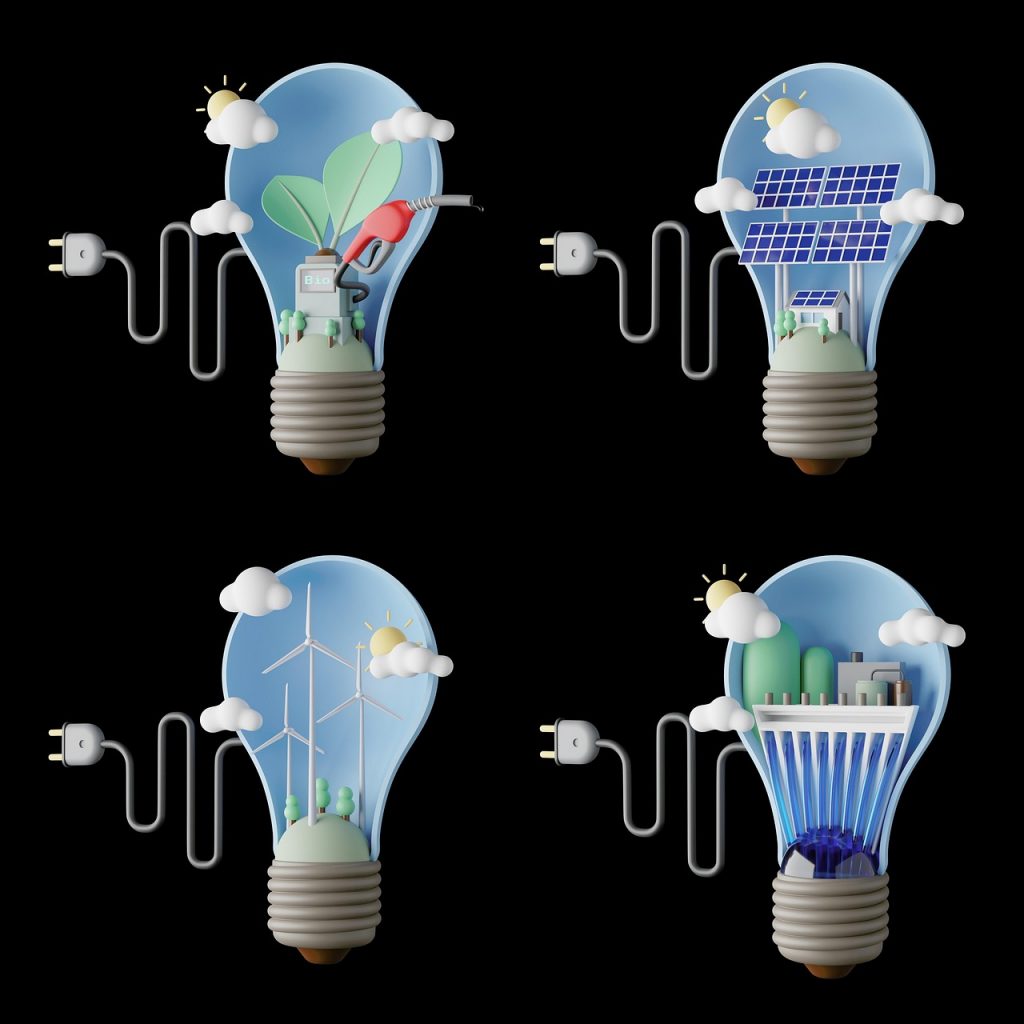
In the United States, energy independence is becoming an increasingly attractive option for homeowners. With rising energy prices, the desire for sustainability, and the potential for financial savings, solar energy is an ideal solution. By installing solar panels, homeowners can generate their own electricity, lower their reliance on the grid, and enjoy significant financial and environmental benefits.
What Does Energy Independence Mean?
Energy independence means that a home is capable of producing its own electricity, reducing its reliance on external energy sources like the national grid. Solar panels convert sunlight into electricity, allowing homeowners to reduce or eliminate their monthly electricity bills. For those looking to fully capitalize on energy independence, adding battery storage systems enables households to store excess energy for use during the night or on cloudy days, ensuring continuous power even when the sun isn’t shining.
Why Choose Solar Power for Energy Independence?
Lower Electricity Bills
One of the most immediate benefits of installing solar panels in the United States is the reduction in electricity bills. U.S. electricity rates have been rising steadily, and solar power can help offset this trend. Depending on the size of the system and household energy consumption, homeowners can expect to save a significant amount on their monthly energy bills. Excess energy can also be sold back to the grid in some states, providing an additional revenue stream through net metering.
Increased Energy Security
Solar panels provide a sense of energy security by reducing dependence on the national power grid, which can be subject to outages, price fluctuations, and increasing demand. In many parts of the U.S., grid reliability can be a concern, especially in regions prone to hurricanes, wildfires, or extreme weather. Solar systems with battery storage provide an additional layer of energy security, ensuring that homes remain powered during power outages.
Federal and State Incentives
The U.S. government provides various financial incentives for homeowners installing solar energy systems. The federal Solar Investment Tax Credit (ITC) allows homeowners to claim a percentage of the installation cost as a tax credit, currently set at 26% (for 2021 and 2022, with a step-down in coming years). Many states also offer rebates, incentives, and tax credits, further reducing the cost of installation. These incentives make solar more affordable and accelerate the return on investment.
Environmental Impact
Solar energy is one of the cleanest and most sustainable energy sources available. By installing solar panels, homeowners in the U.S. can significantly reduce their carbon footprint. Unlike traditional fossil fuels, solar power generates electricity without releasing harmful pollutants or greenhouse gases. In an era where climate change concerns are becoming more urgent, choosing solar power aligns with environmentally conscious values and contributes to a cleaner planet.
Case Study of Solar Power Installation in the United States
Let’s take a look at a typical scenario of a U.S. homeowner installing a solar power system:
- System Size: 6 kW
- Installation Cost (after incentives): USD $12,000 – USD $20,000
- Annual Energy Savings: USD $1,200 – USD $2,000 (depending on location and system size)
- Battery Storage: Optional (USD $6,000 – USD $8,000 for a standard home battery)
- Electricity Bill Reduction: 50% – 80%, depending on the household’s energy usage and system size
For a 6 kW solar system, homeowners can expect a payback period of 5 to 7 years, depending on the system size, local energy rates, and available incentives. In areas with high electricity rates, such as California or New York, the payback period can be even shorter. Additionally, any excess energy generated can often be sold back to the grid, providing further savings.
Managing Cash Flow and Down Payments
While the initial cost of solar power installation can be a significant investment, there are numerous financing options available for homeowners in the U.S. Many solar installers offer financing plans that allow homeowners to pay for their system over time, with low-interest loans, leases, or power purchase agreements (PPAs). These options allow homeowners to reduce or eliminate the upfront cost of installation and pay for the system through their monthly energy savings.
For those who prefer to purchase the system outright, government incentives like the ITC can offset a significant portion of the cost, making the initial investment more manageable. Some homeowners may also choose to finance their system through a home equity loan or home improvement loan, which may offer lower interest rates than traditional financing options.
Conclusion
For homeowners in the United States, installing solar panels provides a path to energy independence, reduced electricity bills, and increased security against rising energy costs. With government incentives, financing options, and the growing importance of environmental sustainability, solar power is an attractive investment. The potential to lower energy costs, reduce carbon emissions, and increase the value of the home makes solar an appealing choice for homeowners looking to gain greater control over their energy consumption. As electricity prices continue to rise, investing in solar power ensures long-term financial and environmental benefits for U.S. homeowners.